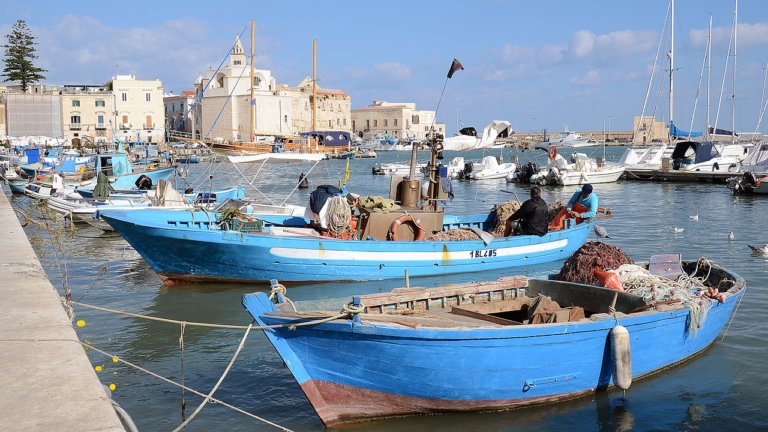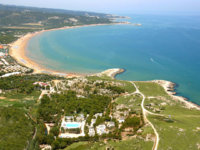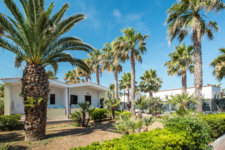Staying on the Gargano we will be able to discover the central-northern part of the Puglia and the treasures it holds, such as the beautiful town of Trani.
Among the excursions to be made, a visit to the territory of the BAT province (Barletta-Andria-Trani) is highly recommended.
Proceeding south, after Manfredonia, we will proceed towards Margherita di Savoia, which will allow you to admire its salt pans and the natural spectacle typical of wetlands with water birds and wild vegetation.
You will experience the emotion of traveling along a long strip of land with the sea on one side and the brackish lakes on the other with pink reflections on the other.

After Margherita di Savoia, before arriving in Trani, we will pass around Barletta, the city of Ettore Fieramosca's challenge, known for the Colossus: an imposing bronze statue from the XNUMXth century brought from Ravenna by Frederick II of Swabia.
And it is precisely during the reign of Frederick II of Swabia, the "stupor mundi", that Trani experienced a period of great expansion.
The main monuments of the city are the cathedral and the Swabian castle.
La Trani Cathedral, queen of the Apulian Romanesque, stands isolated in an open space a few meters from the sea, creating a suggestive landscape that underlines the bond of this land with the sea.

The peculiarities of the cathedral are its beautiful bronze door by Barisano da Trani, the suggestive underground crypt and the facade with the very high bell tower.
even the Castle worth a visit: with a romantic view of the small port, the castle was built by Emperor Frederick II around 1240 on a rocky bank surrounded by the sea, to protect the city from possible sea assaults.
The churches and the Federiciana architectural heritage, together with the small port and the suggestive historic centre, make Trani one of the most beautiful cities on the Adriatic.
For those wishing to explore the link between Frederick II and this wonderful land, the spectacular and enigmatic is worth mentioning Castel del Monte, just 30 km from Trani, included in the list of UNESCO World Heritage Sites since 1996.

The city, nicknamed the "pearl of the Adriatic", has gone through golden ages and moments of decline, while maintaining its rich historical heritage intact. From the Byzantines to the Normans, every civilization has left an indelible mark, making Trani a melting pot of cultures and histories.
In addition to its thousand-year history, Trani fascinates with its artistic and architectural heritage. The historic centre, with the Jewish quarter and the port vibrant with life, is an invitation to get lost among alleys full of history. The Cathedral, the Swabian Castle and the historic buildings tell of a glorious past, while the Giudecca bears witness to the presence of a thriving Jewish community.


 Turismovieste.it is created by
Turismovieste.it is created by 

















